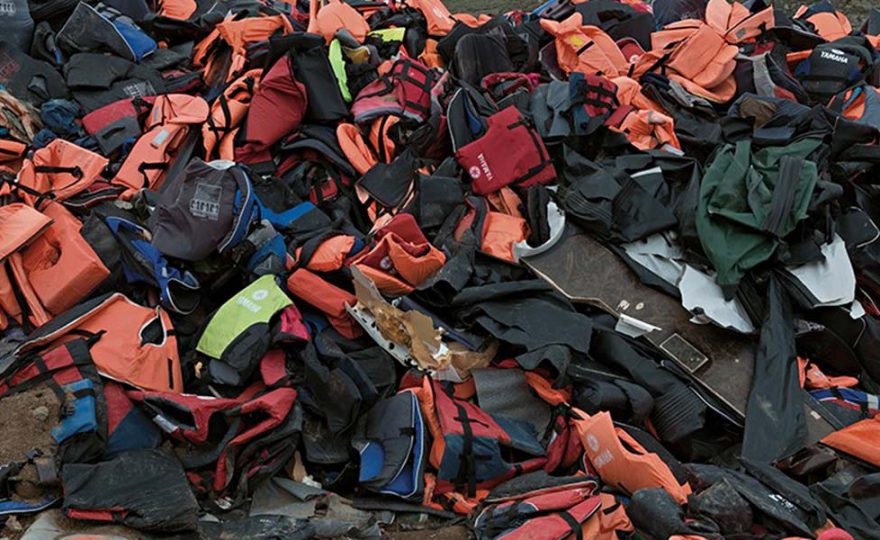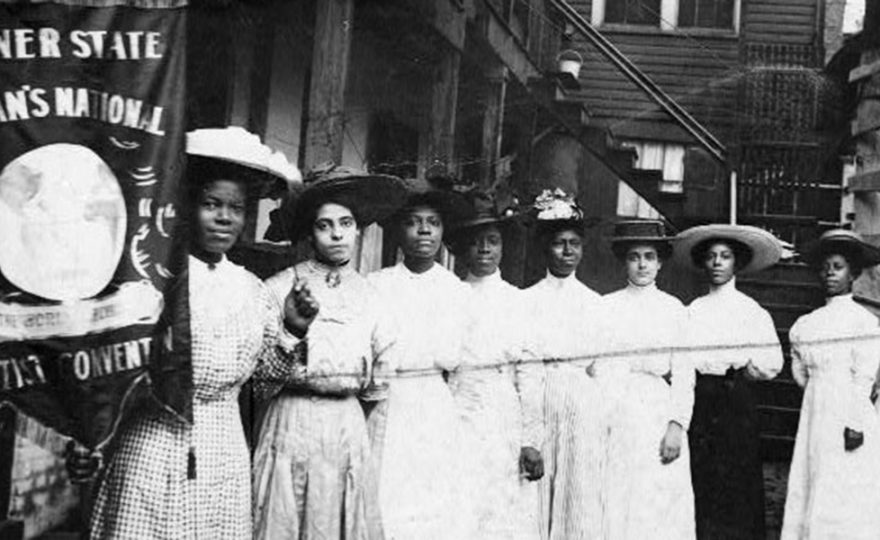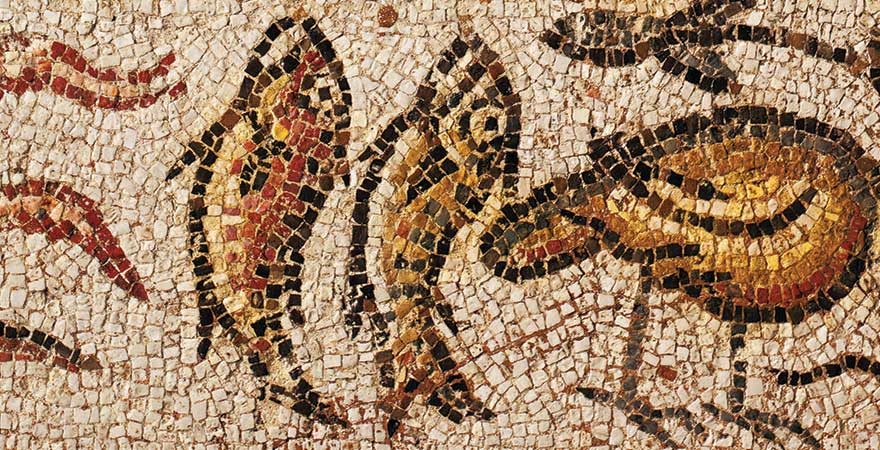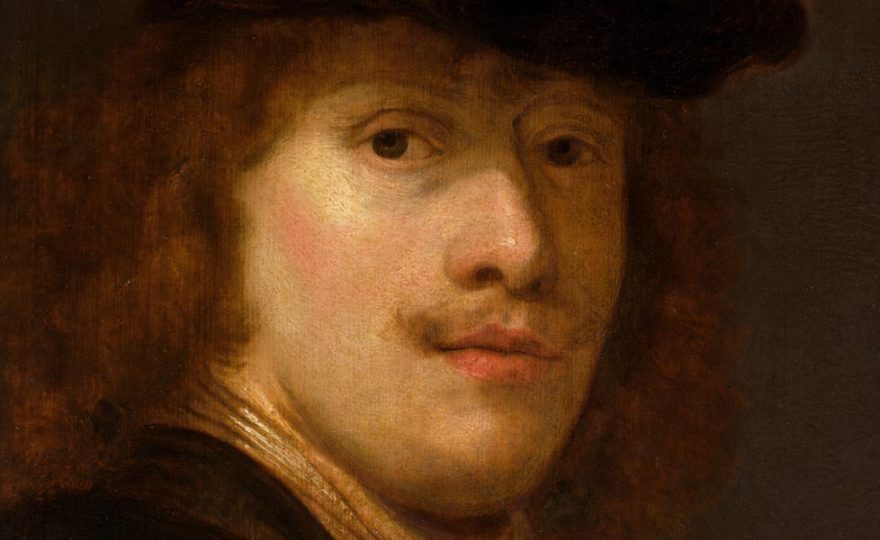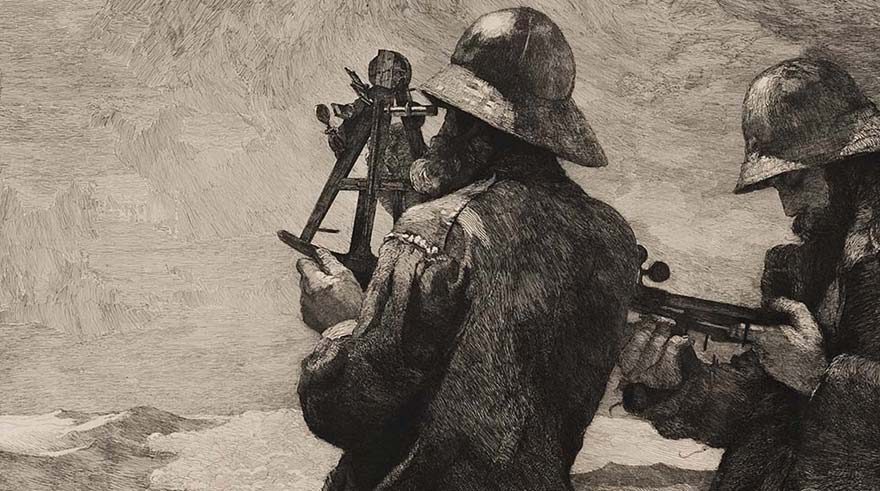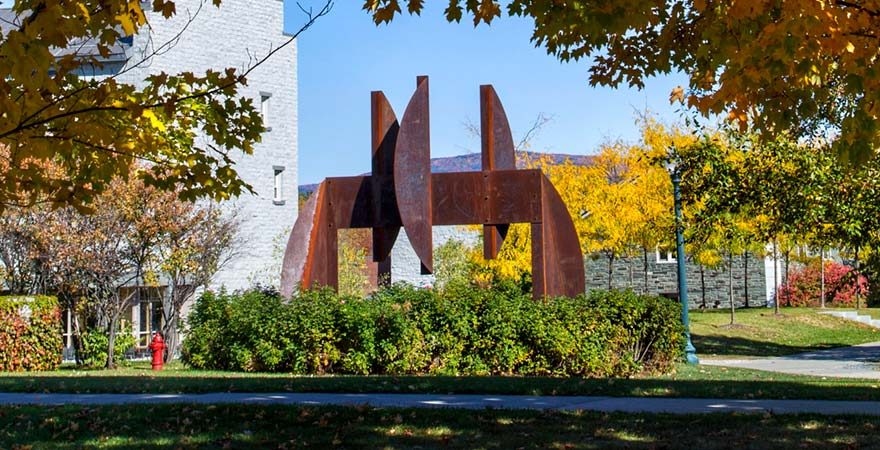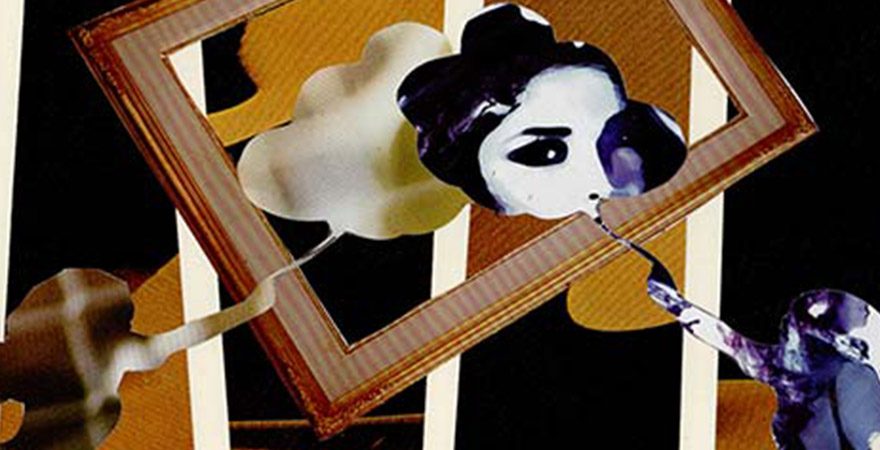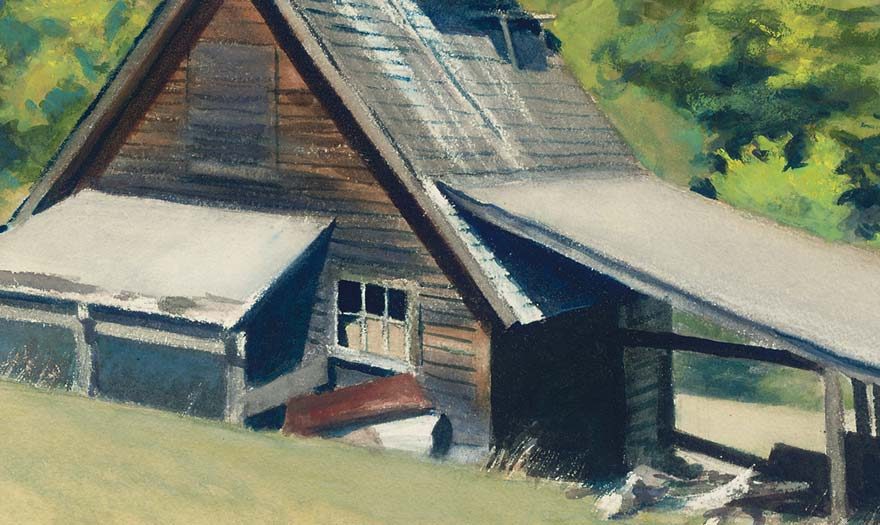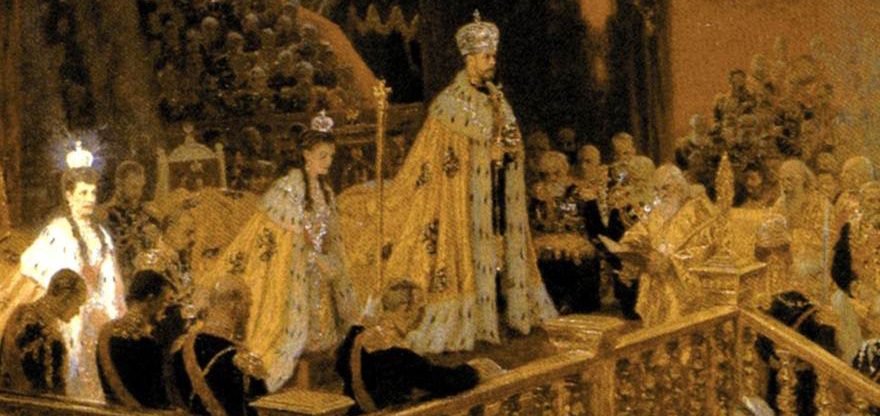Since, as a result of pandemic safety measures, the Museum is physically closed to the public until March of 2021, our staff are taking advantage of the continued closure to rethink substantially the ways in which we contextualize and display
Read More Meaningful Juxtapositions: Reshaping our Permanent Collection Galleries

